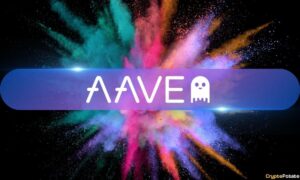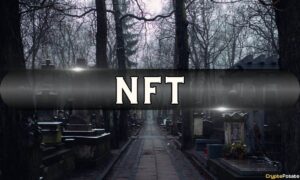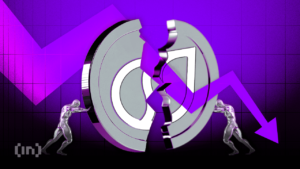Zero-knowledge tech development heats up amid bear market

Zero-knowledge (ZK) proofs, or cryptographic methods that allow one party to prove to another party that something is true without revealing any sensitive underlying private information, have been a hot topic of discussion among crypto veterans. At last week’s zkDay event as part of EthCC Paris, over 2,000 attendees arrived at a small venue by Rue l’Aubrac to catch a glimpse of the latest ZK projects on display. P0x Labs, the developer behind ZK protocol Manta Network, even announced a $25 million raise during the event.
Currently, the technology has played a critical role in powering layer-2 solutions. By computing a simple cryptographic proof on layer-2, transactions can be finalized nearly instantly while the record is simply sent back to the underlying blockchain as a succinct proof. At the same time, ZK proofs can enable private transactions that do not relay sensitive information to observers.
Speaking to Cointelegraph during zkDay, Tiancheng Xie, CTO of ZK protocol Polyhedra, outlined another application of the emerging technology in the realm of cross-chain bridges. The Polyhedra team says the protocol has over 50,000 daily active users and 800,000 monthly active users since its mainnet launch in April.
Cointelegraph: I think the ZK bridge is quite unique among all the ZK companies that we’ve seen so far. Could you elaborate a little bit about that?
Tiancheng Xie: We are building a [ZK] bridge that connects more than 10 different layer-1 and layer-2 blockchains. Since we are using zero-knowledge proofs to prove a state, our security is solely based on the security of proofs and the security of the source chain. So basically, if none of them are broken, then our security will not be broken.
CT: What is the advantage of building something like this versus interchain, such as the Cosmos SDK?
TX: The one big advantage is the cost. So as you know that ZK can provide scalability to blockchains, such as roll-ups, and compress users request into one transaction. For example, if two or three users are going to send messages to Ethereum. We can combine these messages together to make it one unified proof. And the gas cost remains the same. So, if more users come into the batch, they can all get free proofs.
CT: Interchain is still a very new technology, and unfortunately, we’ve seen quite a few security incidents involving them. So how does the Polyhedra ZK bridge address this problem?
TX: So zero [knowledge] proof cannot be broken because it’s already proven to be true. Next is the security of the source chain, which is very hard to break, because, for example, to break the source chain you first need to break Ethereum [the underlying chain], which is very hard. I think the foundation is very solid compared to other chain protocols, where you may rely on a set of computer nodes. But this is not very secure because the volume of transactions can be very high, up to 200,000 or 300,000 per day, so it’s possible for attacks against nodes to be disguised.
CT: The sector is changing very fast. Do you think developers’ knowledge has caught up with the ZK technology they’re trying to build?
TX: So when you look at AI, progress of AI, we are actually following a similar path. Every year, we are making better tools, and developers are getting better and better. So eventually, these tools will be easy to use for the web. So I think the gap should be very small.
This interview has been edited from its original format for clarity.












